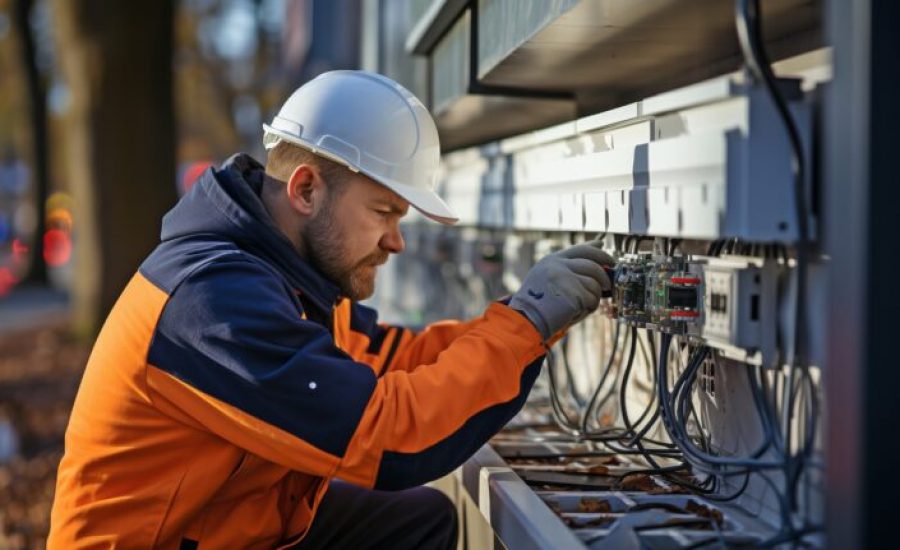In the world of online connectivity, understanding the distinction between internet bandwidth and internet speed is essential. This article delves into the core differences and sheds light on their roles in the digital landscape.
Ever experienced a frozen screen during a crucial video call? Or faced the frustration of an internet drop causing unsaved edits? The disparity between bandwidth and speed is often at the root of such inconveniences.
Let’s demystify this disparity and grasp why it’s crucial for a seamless online experience. Think of bandwidth as a highway and data as vehicles. A congested highway slows down vehicle movement, just as limited bandwidth hampers data transmission, affecting internet speed.
Internet bandwidth = highway
Internet speed = number of traveling vehicles
What is bandwidth?
The best definition in the context of the internet, is that bandwidth determines how quickly data can be downloaded or uploaded from a website or server.
For example, have you ever had a bad experience with a bad internet connection at a hotel? Most everyone has. If you were on a business trip, or having a difficult time communicating with loved ones, that bad experience may be one of the only things that you remember during your stay.
There may be several reasons why the internet was slow. Low bandwidth for the number of people trying to use the internet is one of the most common problems. If the hotel has 100 rooms, and 100 people trying to connect at the same time, and the property has not properly planned for the necessary amount of bandwidth, then all guests at the property will struggle. This example is similar to rush hour traffic on most highways.
There is upload bandwidth and download bandwidth; just like a highway allows users to travel to and from their destination. Upload bandwidth (Up) is defined as sending information out to the internet, while download (Down) means receiving data from the internet. Depending on the type of internet circuit you are using, will determine how much upload and download bandwidth per second that you can use.
What is internet speed?
Internet speed is how fast data can travel from one destination to another. Many marketing departments for internet service providers have helped to create the confusion between speed and bandwidth. Most cable companies that offer internet provide their offers as speed tier rather than bandwidth options.
Variables that Affect Internet Speed are:
- Amount of bandwidth (Number of lanes on a highway vs. Number of cars)
- Type of Internet Connection (There are several different options depending on use requirements)
- Number of Users sharing the internet connection – If there are too many users trying to access the internet at the same time, it creates a bottleneck effect
- Congestion from over-subscribed internet service provider traffic
Why is speed and bandwidth important?
Both bandwidth and internet speed are important because they will set the parameters for what you can and cannot do with anything that involves being online. The more bandwidth you have, the more likely you’ll be able to connect without bumping into buffering issues and long load times. This makes streaming, gaming, and downloading a lot easier.
High bandwidth will also play a role in facilitating scenarios that require multiple Wi-Fi devices, such as hotels and assisted living facilities. Increased bandwidth will support a more significant number of users while maintaining the quality of the speed and performance of your internet connection.
One of the top reasons why internet speed and bandwidth matters for your business is that the faster the speed, the more productive employees and satisfied guests will be. Having the proper bandwidth will ensure that your users have the right tools to connect quickly, engage with potential clients and customers, interact in-house flawlessly, work on projects and meet deadlines.
Compeering different internet types:
- Fiber-optic internet – this is something you will want to consider if you are looking for the fastest internet speeds with the most bandwidth. It has unsurpassed symmetrical upload speeds. Many of the fiber optic circuits come with guarantees to faster fixes when there is an outage, along with guarantees that there will not be additional delays known as latency on the internet circuit.
- Cable internet – although cable internet is often as fast as fiber internet (at least when it comes to downloading), it has lower upload speeds. Most cable circuits are “best effort” with a much higher download bandwidth than an upload bandwidth. The bandwidth purchased is a “best effort” service.
- 5G internet – a slight step down from fiber and cable regarding bandwidth, it is much faster than internet types such as DSL internet. This type of internet is widely found in rural areas and is a technology used in conjunction with cellular plans. 4G/LTE and 5G are cellular technologies, and are also great for back-up internet.
- DSL internet – this type of internet is somewhat outdated but still has a place in this world. It requires copper wire connections that tend to bog down the connection’s speed along with distance from the device that transmits the DSL internet.
- Satellite internet – satellite internet is the slowest of available connections. After all, it provides a connection that draws from a signal that is beamed down from lower orbit/outer space from satellites.
How much bandwidth is recommended?
- Online gaming: 5 Mbps (up and down as the connection requires real-time communication)
- Streaming music: 3-5 Mbps down
- Streaming videos: 5 Mbps down for HD quality and 12 Mbps down for 4K
- Streaming videos on multiple devices: 5 Mbps X Number of devices (Down)
- Web conferencing (WebX, MS Teams, Zoom): 3-6 Mbps Up/Down per user
- Hosting a Livestream: If the livestream services are onsite, expect 5 Mbps per user that will be logging into your livestream platform. If the livestream is from the Cloud/internet then the number of users that will be connecting separate X 5 Mbps
- Checking email: 1 Mbps or less as this is not real-time communication
If you want to play it safe, it is recommended to have at least 5-10 Mbps (minimum) of bandwidth per user depending on types of internet applications that are being utilized.
If you are looking for more information about internet connectivity at your property, look no further. Groove Technology Solutions works with all of the top internet providers and has decades of experience in helping to determine the best solution for you. Contact us today and get the best internet technology for your hotel, hospital, arena, campground, school, etc. We can help you get unsurpassed coverage with unbeatable service, installation, and support.


